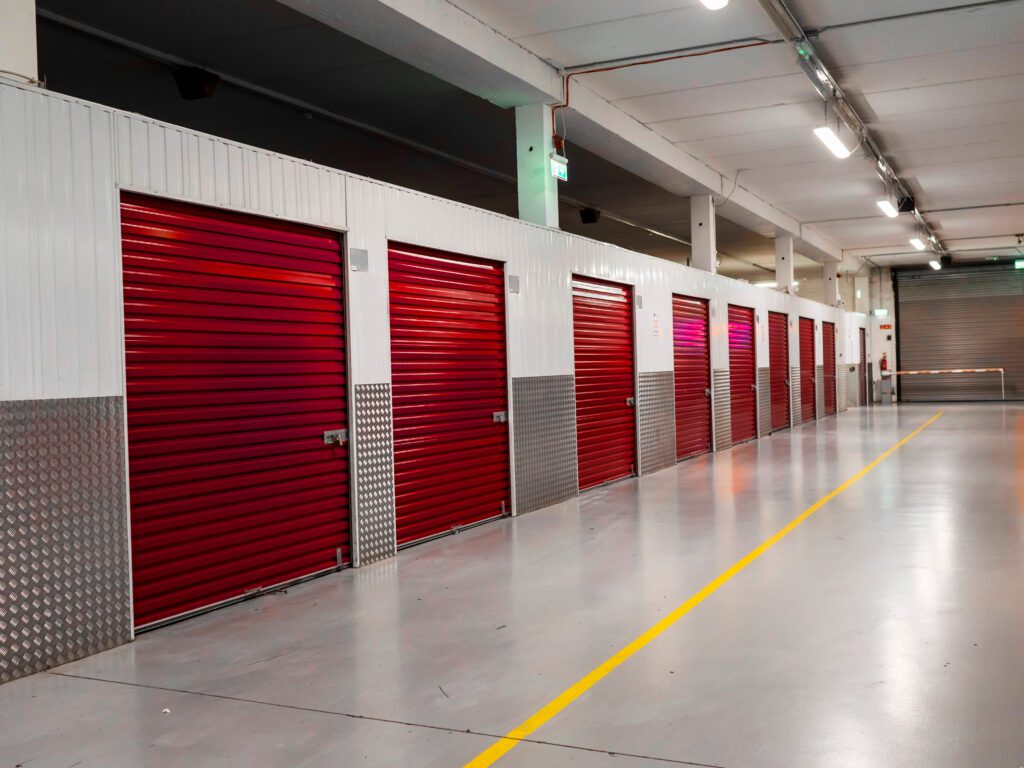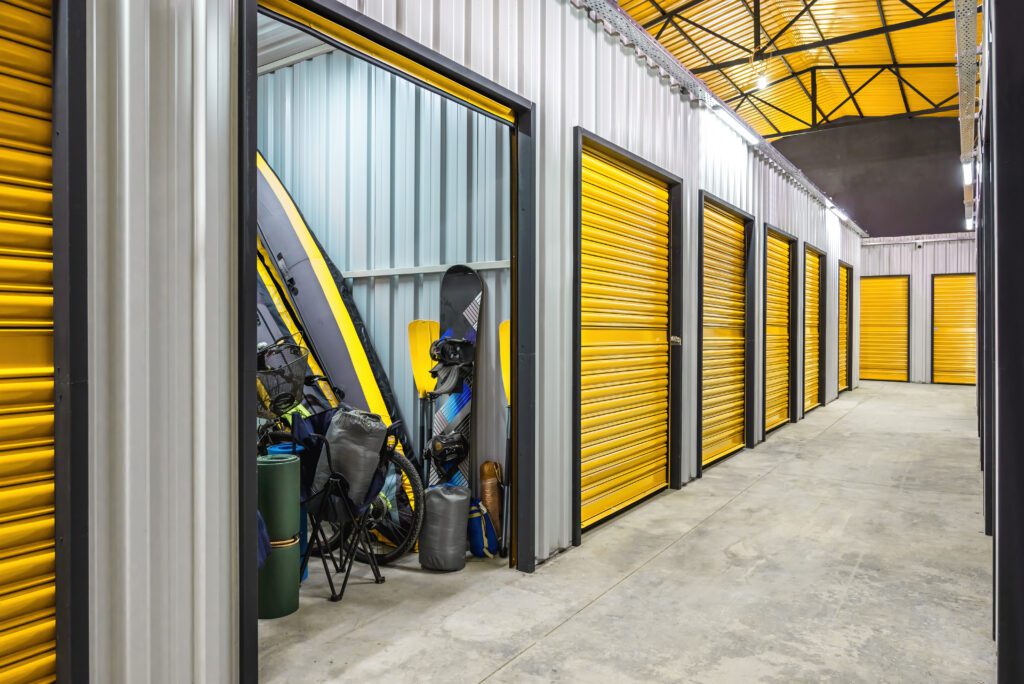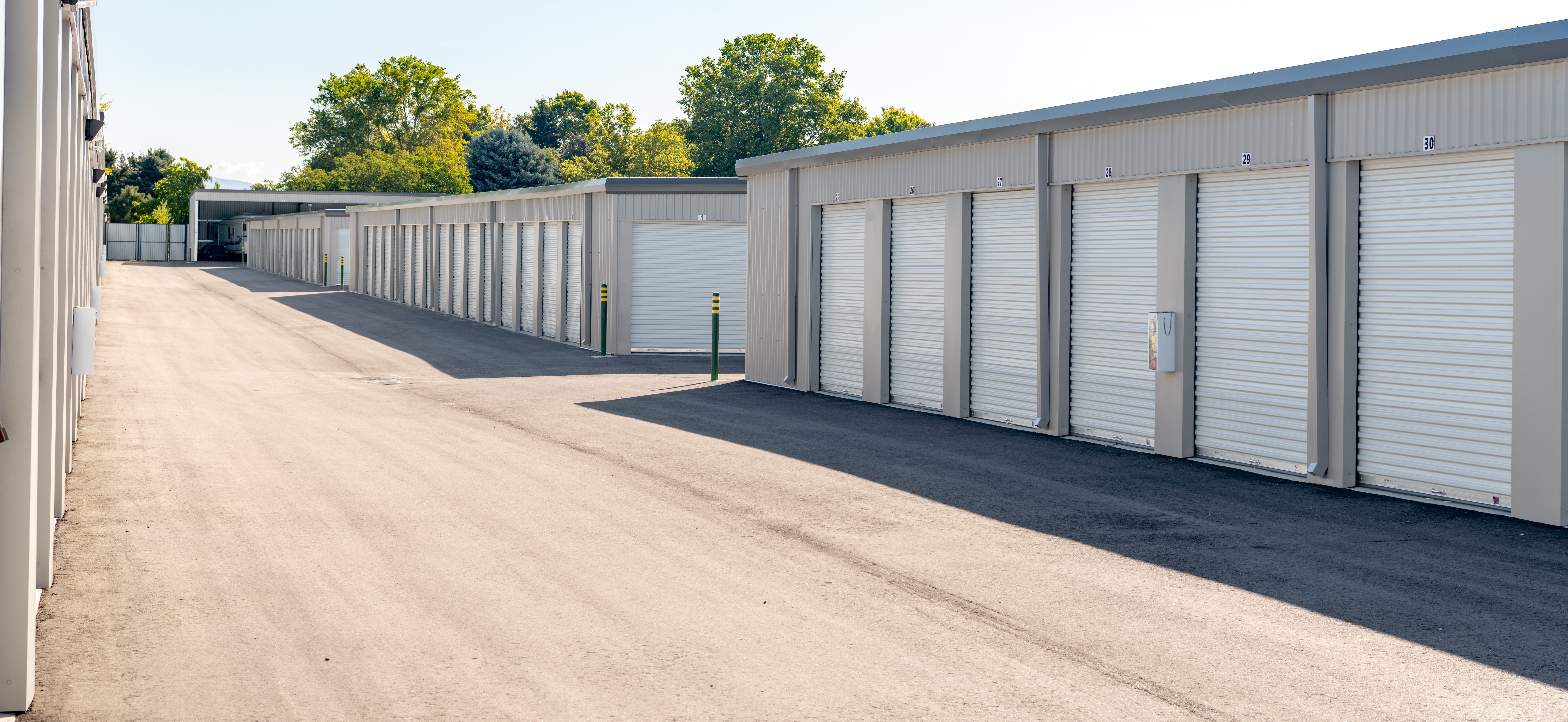Whether you’re a college student looking to store dorm room essentials over summer break or someone moving into a smaller apartment, renting a storage unit can be a lifesaver. But if it’s your first time, the process might seem a bit overwhelming. Fear not! This comprehensive guide will walk you through everything you need to know to choose the perfect storage facility.
Understanding Your Storage Needs
Assess Your Items – Before you start hunting for a storage unit, make a detailed list of all the items you plan to store. Do you have bulky furniture, delicate electronics, or valuable heirlooms? Knowing what you’re storing will help you determine the size and type of unit you need.
Short-Term vs Long-Term Storage – Consider how long you will need the storage unit. Are you storing items for just a few months while you’re away from college, or do you need a more permanent solution? Short-term storage might offer more flexible contracts, while long-term storage often comes with better rates.
Accessibility Requirements – Think about how often you’ll need to access your stored items. If you require frequent access, look for a facility that offers 24/7 access and convenient hours. Some facilities even have drive-up access, making it easier to load and unload items.
Types of Storage Units
Climate-Controlled Units – For sensitive items like electronics, artwork, or documents, a climate-controlled unit is essential. These units maintain a stable temperature and humidity level, protecting your belongings from extreme weather conditions.
Drive-Up Units – Drive-up units are like having a personal garage. You can drive your vehicle right up to the door for easy loading and unloading. This is particularly convenient for heavy furniture or large items.
Indoor vs Outdoor Units – Indoor units are located within a building and offer added security and protection from the elements. Outdoor units, on the other hand, are accessible from the outside, making them easier to access without needing to enter through a larger building.

Why Storage Unit Size Matters: Choosing the Right Space for Your Needs
Small Units (5×5 to 5×10) – Ideal for storing smaller items like boxes, seasonal clothing, and small furniture. A 5×5 unit is about the size of a small closet, while a 5×10 unit can fit the contents of a walk-in closet.
Medium Units (10×10 to 10×15) – These units can accommodate the contents of a one-bedroom apartment, including furniture, appliances, and boxes. They are perfect for college students or first-time renters moving into their first home.
Large Units (10×20 to 10×30) – If you’re storing the contents of a multi-bedroom house, a large unit is your best bet. These units can hold larger furniture, appliances, and even vehicles.
Location, Location, Location
Proximity to Home or School – Choose a storage facility that is conveniently located near your home or school. This will make it easier to access your items whenever you need them.
Safety of the Neighborhood – The safety of the surrounding area is crucial. Look for facilities in well-lit, secure neighborhoods to ensure your belongings are safe.
Accessibility and Traffic – Consider the traffic patterns around the storage facility. Is it easily accessible during rush hour? Is there ample parking for loading and unloading?
Security Features
Surveillance Cameras – A good storage facility should have surveillance cameras monitoring the premises 24/7. This adds an extra layer of security and deters potential thieves.
Gated Access with Keycode – Gated access ensures that only authorized individuals can enter the facility. A unique keycode for each renter adds another level of security.
On-Site Management – Facilities with on-site management provide an added level of security. Staff can quickly respond to any issues and monitor the premises regularly.

Budgeting for Your Storage Unit
Monthly Rental Costs – Storage unit prices vary based on size, location, and additional features like climate control. Compare prices from different facilities to find one that fits your budget. Sometimes an additional 5-minute drive can save some real money.
Additional Fees – Be aware of any additional fees, such as administrative fees, insurance costs, or late payment penalties. These can add up quickly and impact your overall budget.
Discounts and Promotions – Many storage facilities offer discounts for first-time renters, students, or long-term leases. Keep an eye out for promotions to save money on your rental.
Facility Amenities
Moving Supplies and Equipment – Some facilities offer moving supplies like boxes, tape, and bubble wrap, as well as equipment like dollies and carts. These can be incredibly helpful during the moving process.
Pest Control – A well-maintained facility should have regular pest control measures in place to protect your belongings from rodents and insects.
Cleanliness and Maintenance – Visit the facility before renting to ensure it is clean and well-maintained. A dirty or poorly maintained facility can lead to damage to your belongings.
Customer Reviews and Reputation
Online Reviews – Check online reviews on websites like Yelp, Google, or the Better Business Bureau. Look for consistent positive feedback and any red flags regarding security or customer service.
Word of Mouth – Ask friends, family, or colleagues for recommendations. Personal experiences can provide valuable insights that you might not find in online reviews.
Facility Visit – Visit the facility in person to get a feel for the environment and ask questions. A reputable facility will be happy to show you around and address any concerns.
Contract and Terms
Read the Fine Print – Carefully read the rental contract before signing. Make sure you understand the terms and conditions, including payment schedules, access hours, and cancellation policies.
Flexible Terms – Look for facilities that offer flexible terms, especially if you’re unsure how long you’ll need the unit. Month-to-month leases are ideal for short-term storage.
Insurance Requirements – Many facilities require renters to have insurance for their stored items. Check if your homeowner’s or renter’s insurance covers storage units, or if the facility offers an insurance plan.
Preparing Your Items for Storage
Proper Packing Techniques – Use sturdy boxes and packing materials to protect your items. Label each box with its contents and room destination for easy unpacking.
Furniture Disassembly – Disassemble larger furniture items to save space and prevent damage. Keep screws and small parts in labeled bags attached to the furniture.
Inventory List – Create an inventory list of all the items you’re storing. This will help you keep track of your belongings and make it easier to find specific items later.

Making the Most of Your Storage Space
Strategic Placement – Place frequently used items near the front of the unit for easy access. Use vertical space by stacking boxes and using shelves.
Clear Aisles – Leave a clear aisle down the center of the unit to access items at the back. This will save you time and frustration when searching for specific items.
Protecting Valuable Items – Store valuable or fragile items in protective covers or containers. Consider climate-controlled units for sensitive items like electronics or artwork.
Ready to find the perfect storage unit? Contact our team at Storage America today about storage options near you and let us make your move or transition as seamless as possible. Happy storing!

